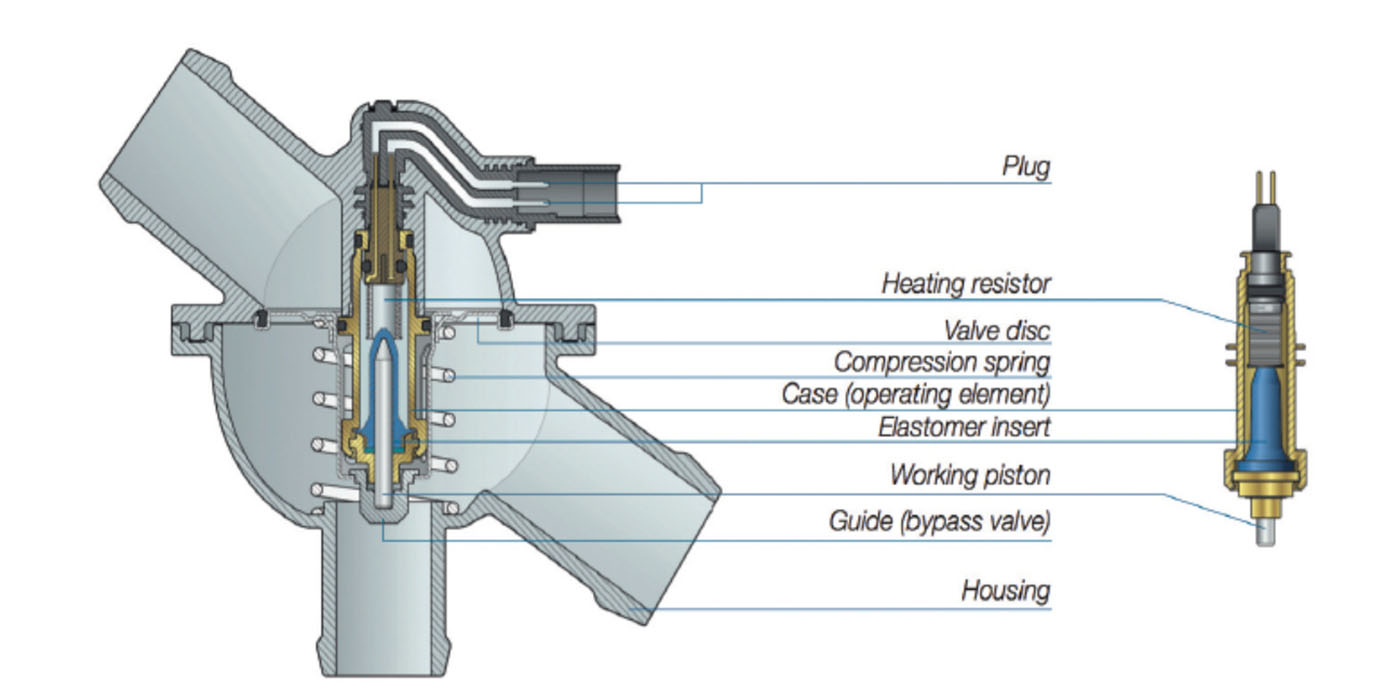Everybody loves a number, especially when it comes to selling something. We often see it in the grocery store when something has 50 percent less sodium or is 25 percent larger. When it comes to brake pads, it can get you in trouble.
Recently, a co-worker brought an estimate to me that said "25 percent of the material left." What really troubles me is that there is no actual "work" shown on the invoice telling how many millimeters of material is actually left on the backing plate. The "percentage" is just an "eyeball estimate." This estimate is by no means accurate, and if you asked other technicians, you would get different numbers every time.
If you were to properly estimate the percentage of material worn on a brake pad, you would first have to know how much was there in the first place. This number is near impossible to find in books or on a database.
Every vehicle has a "minimum wear specification" for the brake pads. This number is typically between two and three millimeters. If the rotor was worn to discard specifications, caliper piston travel maybe too excessive, or the friction material attachment method may lose its effectiveness and cause the friction material to shear away from the backing plate.
The minimum thickness specifications can be found on any repair computer-based information database or in a repair manual. For the most part, these specs are between two and three millimeters. But, some vehicles will have a higher specification.
This measurement is very credible in the eyes of the customer because you can tie it to an OEM specification. I love a percentage just as much as the next guy, but "eyeballed" percentages should not be used when inspecting brakes.
Toyota FJ Cruiser Water Pump Replacement
Toyota’s original Land Cruiser was the company’s version of a Jeep that could go anywhere. In its time it was highly rated and collected, which led the Japanese juggernaut to bring back an updated SUV in 2007 called the FJ Cruiser. The retro-styled vehicle was again a go anywhere machine powered by a 4.0L V6 (1GR-FE) used in the Tacoma. The engines are durable and considered relatively robust for the time.
Toyota’s original Land Cruiser was the company’s version of a Jeep that could go anywhere. In its time it was highly rated and collected, which led the Japanese juggernaut to bring back an updated SUV in 2007 called the FJ Cruiser. The retro-styled vehicle was again a go anywhere machine powered by a 4.0L V6 (1GR-FE) used in the Tacoma. The engines are durable and considered relatively robust for the time.
Long-Life Coolants Explained
Different types of coolants cover a range of applications from diesel to domestic, Asian and European vehicles. Each one is formulated to a specific manufacturer’s specifications to keep their engines at an optimal temperature. But, changes to the old one-size-fits-all formula has led to confusion for consumers and even some technicians.

VIDEO: Engine Efficiency Brings More Hoses
Andrew Markel discusses hoses and the necessity for several of them to route fluids to all parts of the vehicle due to the growing efficiency of engines. Sponsored by Dayco.

Diagnosing Intelligent Cooling Systems
The majority of cooling systems on the roads react to what is happening inside the combustion chamber. After the engine is stressed, the heat causes the thermostat to open. Increases in temperatures will also cause the cooling fans to come on. The heat carried by the coolant is the trigger for operation of the fans and thermostat.

Modern Cooling System Design: It’s Not About Temperature; It’s About Powertrain
Given the advanced state of internal combustion engine technology, some recent cooling system innovations will actually increase engine torque and fuel economy while reducing exhaust emissions. Let me simplify that idea: new cooling system technology will make engines run better and cleaner. So, let’s get on the same page by reviewing some basics.

Other Posts
Why Does Engine Coolant Need Replacement?
Two specifications can be used to justify replacement — the condition of the additive package & the freezing point.

Improving Turbocharger Longevity
It is estimated that by 2022, 50% or more of vehicles sold in the U.S. will have one or more turbochargers under the hood.

Engine Cooling System: Hose Inspection and Replacement
One bad hose can cause an engine malfunction. This video is sponsored by Continental.

Servicing Electronically Controlled Thermostats
When the heater circuit fails, most of the time it will create an open circuit.






